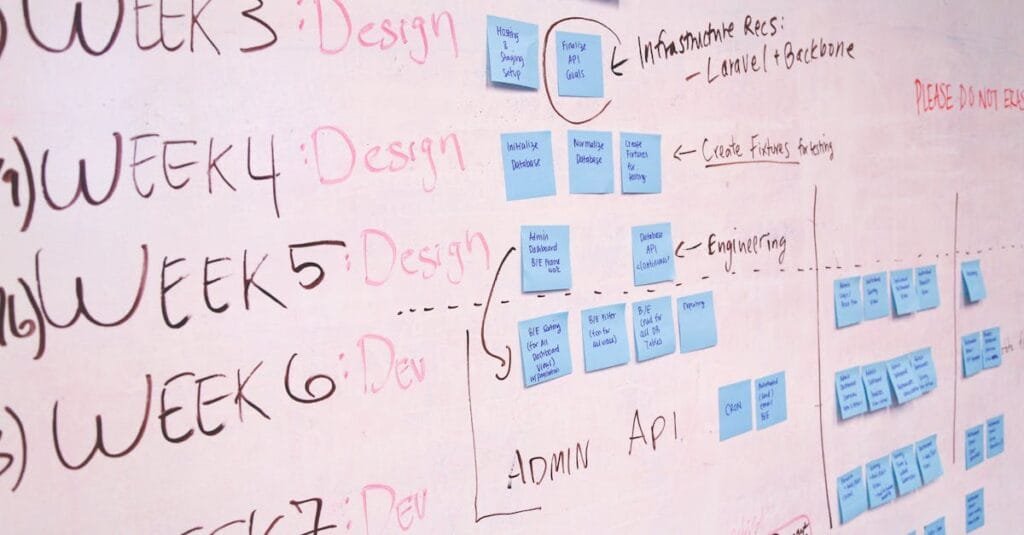Ever felt caught in the daily grind of your operations, battling inefficiencies while watching competitors zoom past? You’re not alone. Many of us in the shared services world share these frustrations, especially when it comes to implementing Kanban effectively.
What if I told you that mastering Kanban could be your secret weapon? Seriously, Kanban isn’t just some fancy tool; it’s a powerful strategy for enhancing your team’s productivity and delivering exceptional outcomes.
Embracing the Kanban Philosophy
The roots of Kanban run deep in the principles of Lean management, focusing on reducing waste and enhancing value. It’s simple—by visualizing your workflows, you can identify bottlenecks faster than you can say “process optimization.”
Think about it like this: if your team can see tasks laid out in front of them, issues that slow down progress become glaringly clear. You’re not just throwing resources at problems; you’re crafting solutions. Here’s how to embrace Kanban with open arms:
- Visualize Workflows: Use boards, sticky notes, or digital tools to make tasks visible. This transparency fuels accountability.
- Limit Work in Progress: Setting WIP limits encourages teams to finish tasks instead of jumping around. Focus equals faster delivery.
- Measure and Adapt: Establish key performance indicators (KPIs) that matter to your business. Use metrics to tweak and improve processes regularly.
Tools and Technologies Supporting Kanban
The beauty of Kanban is that it dovetails perfectly with modern technology. You shouldn’t need a treasure trove of tools in your arsenal, but utilizing the right ones can make all the difference. A few platforms to consider include:
- Trello: An intuitive board that’s great for visualizing tasks and priorities.
- Jira: Perfect for handling more complex projects, especially in tech.
- Asana: Streamlined task management with a user-friendly interface.
Choosing the right tools can help you adopt Kanban with more agility. I mean, who wouldn’t want to transition to a more effective process while saving time and money?
Aligning Kanban with Business Goals
Alright, let’s get real for a second. Just because you have a Kanban board doesn’t mean your team will magically become more efficient. You have to align your efforts with broader business goals. Here’s how:
- Collaboration is Key: Involve your team in the planning stages. Everyone should see how their work ties into larger objectives.
- Continuous Improvement: Encourage an environment where feedback and open communication thrive. Foster a mindset of learning and adaptation.
- Set Clear Metrics: What does success look like? Establish clear and measurable outcomes that can guide your team’s direction.
Navigating Challenges with Kanban
Let’s be honest, adopting Kanban isn’t always smooth sailing. You might encounter resistance from team members who are set in their ways. No one likes change, right? Here’s how to smooth out those bumps:
- Education is Power: Offer training sessions to help everyone understand Kanban’s benefits. Knowledge breeds acceptance.
- Start Small: Don’t overhaul everything overnight. Begin with one team and scale from there as you discover what works.
- Be Patient: Change takes time. Celebrate small wins to build momentum and, who knows? You might create some Kanban enthusiasts along the way.
Future Trends in Kanban
As we look to the horizon, what’s on the verge of shaking up Kanban? Here are some trends to watch out for:
- Integration with AI: Imagine leveraging AI to predict task completion and identify blockages before they happen. This could shift how we view project management.
- Flexibility with Remote Work: With more teams dispersed globally, tools that allow for a dynamic view of Kanban boards can make collaboration seamless.
- Focus on Sustainability: incorporating eco-friendly practices into Kanban workflows is the next step in aligning with corporate responsibility.
Tying It All Together
Implementing Kanban isn’t just about adopting a tool; it’s a transformational journey. It involves reshaping mindsets, redefining processes, and adapting to new market demands. And as we stride into the future, the way we navigate these trends in Kanban will be pivotal to achieving global business success.
If you’re keen on digging deep into shared services transformation, innovation, or leadership, check out THEGBSEDGE blog. It’s got the insights you didn’t even know you were missing.
Learning is a continuous process. If you want to stay ahead, you can’t just follow trends; you must understand them and weave them into your strategy. What’s your next move in the Kanban revolution?


